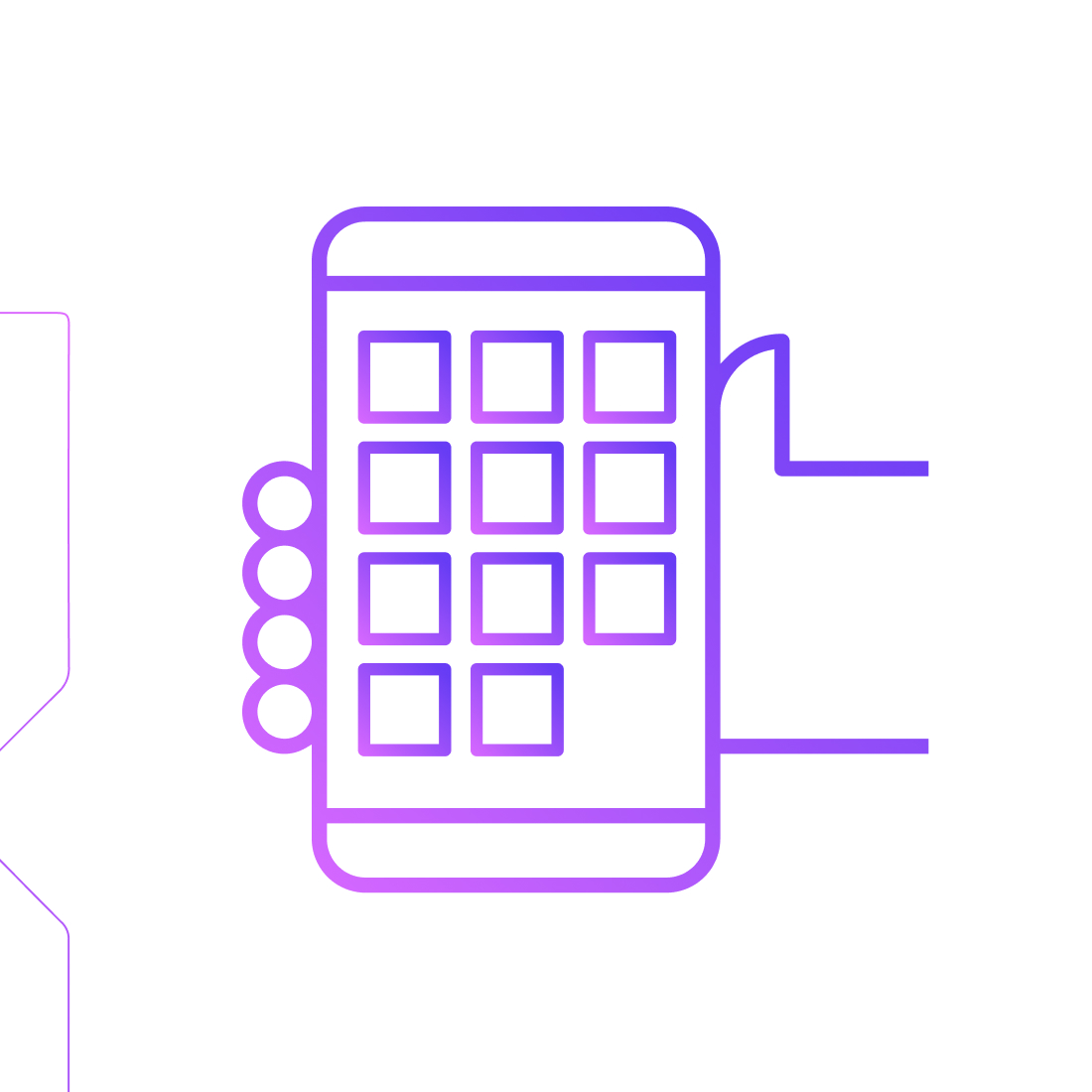

Wearable Technology Applications in Healthcare Domain

Telehealth is the use of telecommunication devices such as computers and mobile devices to access healthcare services remotely. Telehealth revolves around the idea of providing remote medical facilities to those managing their health outside of physical healthcare spaces. So far telehealth relied solely on doctor-patient communication, but with the advent of wearable technology, telehealth is also advancing.
With data being sent from wearable technologies doctors can now not only ask the patient about their symptoms over the call or video chat, but also see patient information like blood pressure, heartbeat, and other measures to make more informed decisions about diagnosis and treatment.
The field of telehealth relies on the use of technology to bridge the gap between healthcare practitioners and patients who are unable to visit a doctor. But a doctor can only guess the condition of a patient without data such as blood pressure, body temperature, and others to back it up; that’s where wearable technology comes in.
The integration of wearables with telehealth has numerous advantages. Some of these are discussed below:
1. Prevention of Diseases and Maintenance of Health
With previously recorded patient data, incoming patient reviews about any current medication, plus the live data on blood pressure, heartbeat, and temperature, doctors have a better chance of spotting developing diseases that might otherwise go unnoticed before they develop into something life-threatening.
1.1 Fall Identification and Prevention
Fall and fall-related injuries send thousands of people, especially seniors, to the ICU every year. Wearables are helping in fall identification and prevention. Sensors collect and send live data about gait characteristics that can help identify a fall before it happens. And the wearable can then send out a warning signal to give a heads up to the wearer, a caretaker, or medical staff to mitigate risk or even prevent a fall from happening.
1.2 Physical Activity and Interaction Monitoring
Wearable technologies collecting data about the physical position or activity of a body can help identify patterns and positively influence the wellbeing of users. Data from interaction monitoring devices have been collected and used to have better interactions.
1.3 Mental Status Monitoring
Wearables are being enhanced every day, and from just recording physiological data like heartbeat and breathing, this data along with some new information is being used to identify the mental status of the wearer. For example, stress level monitoring is being done by collecting physiological data and examining it for patterns.
1.4 Sports Medicine
Wearable devices are helping athletes and coaches to systematically manage training. The wearable devices can track functional movements, throughput, pulse rate, and more, so that they can be more commonly used in sports medicine to improve efficiency and mitigate injury.
1.5 Weight Control and Monitoring
Tracking physical exercise using wearable devices has become a common way to help individuals measure the intensity of activity and consumed calories. Wearable devices are helping people keep track of their weight, physical activity, and calorie burn to help them control and monitor their weight and keep it in a healthy range.
1.6 Public Education
Technology is becoming cheap and accessible to almost everyone on the planet. Billions of people around the world own a smartphone these days. This technological revolution of tech finding its way into the lives of ordinary people can have beneficial implications in the field of healthcare as this technology can be used to teach people about better health practices and educate people about health-related topics.
2. Patient Management
Wearables can also help in managing patients effectively. By keeping track of the physiology of the patient, health providers can provide better-suited services according to the specific needs of each patient.
2.1 Cancer Survivors
Cancer patients are prone to lowering their physical activity which puts them at a higher risk of obesity. Physical activity monitors that provide home-based lifestyle interventions are being used to motivate more cancer patients to incorporate exercise into their healthcare plans.
2.2 Patients with Stroke
Stroke is a major cause of acquired disability worldwide. The rehabilitation process consists of intensive therapies which are expensive and sometimes not accessible due to certain factors. Wearables are used to keep track of patient activity and provide feedback and also to help support a home exercise program for the patient.
2.3 Patients with Brain and Spinal Cord Injuries
Patients with brain injury require regular exercise to recover. Often these patients require healthcare guidance. Using wearable to monitor patients’ physiological data, doctors can better assess and help rehabilitate their patients effectively without the need for formal meetings.
2.4 Chronic Pulmonary Patients
Pulmonary diseases usually get worse as time progresses, so an extensive and long-term rehabilitation exercise program is required. Patients can not only get their specific planned workout routines, but the wearable will also be monitoring the patient during the workout. This provides an easily accessible and cost-effective rehabilitation program to many.
3. Disease Management
Another way wearables are revolutionizing telehealth is by helping in disease management.
3.1 Heart Disorders
Wearables monitor cardiovascular activity in heart patients. Wearable can monitor and send in data anytime, without disrupting any activity the person might be doing. The device can warn the patient if they put too much strain on their heart and may issue an emergency warning depending on the vital signs.
3.2 Blood Disorders
Wearables can monitor physiological symptoms and detect hypertension using these symptoms. Just by monitoring and evaluating blood pressure over a continued period, the wearable tech can detect the risk of hypertension.
3.3 Diabetes Care Management
Several factors like medication, physical activity, sleep, and diet are required to assess the blood glucose levels of a patient and manage diabetes. Doing this might be a hard task for a person, but wearable technologies developed especially for this task do it at the press of a button and help manage diabetes effectively.
3.4 Parkinson’s Disease
Devices have been developed to collect patient kinematic data and to assess bradykinesia severity in patients who either have Parkinson’s disease or are at a higher risk of having it.
3.5 Autism
It is very important for an autistic patient to recognize and assort their emotions. A prototype therapeutic tool for children with autism was developed and the device proved to ease social effective learning.
3.6 Depression
Wearables are also helping in diagnosing and monitoring psychiatric disorders like depression. Analysis of cognitive and autonomic response to emotionally appropriate stimuli might provide a viable substitute for the automatic detection of various mood states, under a range of conditions.
Conclusion
Long-term implications for the telehealth sector are promised by a combination of AI with wearable technology. The technological advances are just the beginning, as tech progresses so will health technology. Wearable technology has revolutionized telehealth and made it much easier and effective. Maybe wearables can get to a point where patients will not need to even go to a physician and will get diagnosed and managed by their AI-integrated wearable technology.
Interested in Wearable Technology Apps development? Contact us!



Leave a comment!